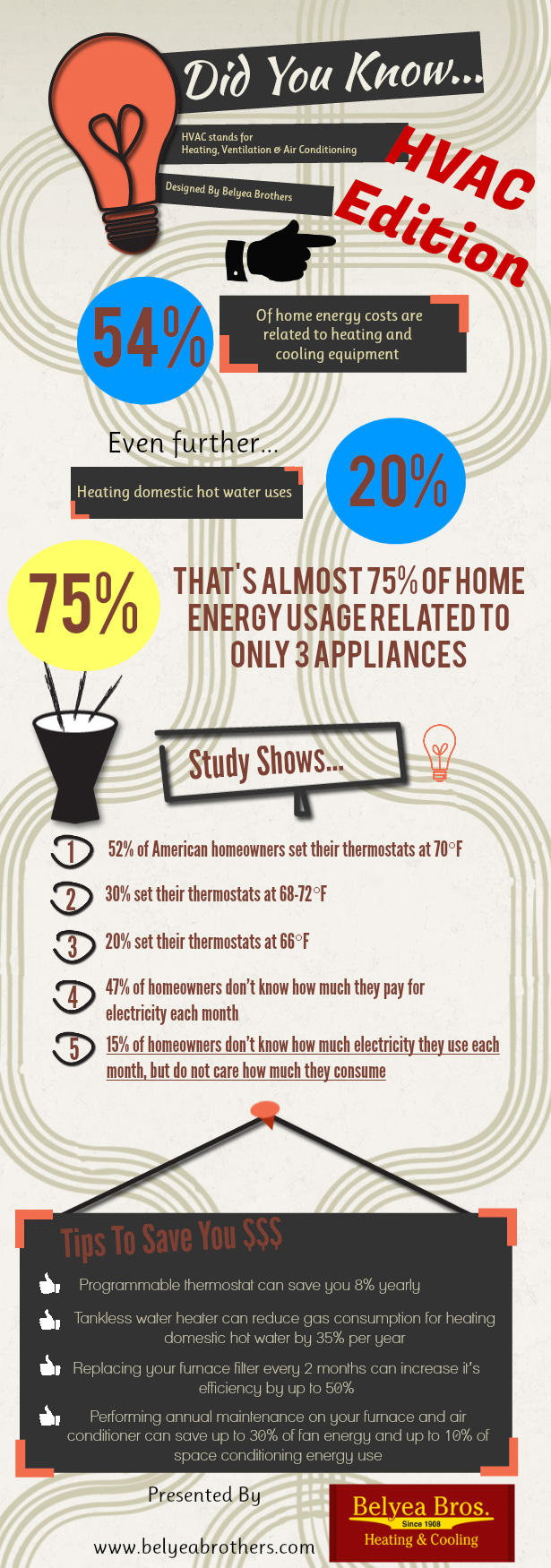Before the heat pump setup begins, you need to ensure your home awaits the procedure. Clearing the area, assessing the electrical setup, and ensuring appropriate ventilation are critical steps to take. By following these first preparations, you set the stage for an effective setup. However what about the better details that can make a significant difference in the performance and longevity of your heatpump system? Let's explore the subtleties that can elevate your home's preparedness for this crucial upgrade.
Clearing Up the Installation Location
Before the heatpump installation can start, it's vital to clear the designated area thoroughly. Beginning by getting rid of any particles, mess, or challenges that might restrain the installation procedure. This consists of furnishings, decorations, and any other things that can get in the way. Make certain the pathway to the setup website is clear for the installers to relocate tools and products easily.
Next off, make sure that the location around the assigned setup area is clean and without any type of dirt, dust, or various other products that could affect the heat pump's efficiency. Move or vacuum cleaner the area to develop a clean work space for the installment group.
Additionally, take into consideration supplying easy accessibility to the setup area by getting rid of a path from the entrance of your home to the setup area.
Assessing Electric System
Analyzing the electric system is an essential action before waging the heatpump installment. Begin by checking if your home's electrical panel can sustain the extra tons a heatpump will require. Guarantee there suffice offered circuits to suit the heatpump and that they satisfy the supplier's specs. It is necessary to have a committed circuit for the heatpump to prevent overloading and potential risks. If your electrical system requires upgrading, get in touch with an expert electrician to make the necessary modifications.
Check the circuitry in your home to ensure it's up to code and can take care of the demands of the brand-new heat pump. Keep an eye out for any torn wires, loosened links, or indications of wear that may pose a safety risk. how to fix flashing lights on your heat pump? that the electric outlets near the setup location are grounded and in good condition. If any concerns are found, have them dealt with without delay by a certified electrical expert.
Correct analysis and upkeep of your electrical system will certainly make sure a secure and efficient heat pump installation procedure.
Ensuring Proper Ventilation
To guarantee a successful heat pump setup, it is essential to concentrate on appropriate ventilation in your house. Appropriate ventilation assists the heatpump operate effectively and prevents air quality concerns.
Before setup, check that all vents and air ducts are tidy and unobstructed. Clearing up these locations makes certain that air can move openly, optimizing the efficiency of your brand-new heatpump system.
Furthermore, take into consideration the placement of the heatpump device itself. It must have enough space around it to enable appropriate air flow. Proper ventilation not just improves the heat pump's efficiency however also helps maintain a healthy and balanced indoor setting.
If needed, consult with a professional to analyze your home's ventilation requirements and make any type of essential changes. By making https://cost-replace-furnace-and56665.blogpixi.com/30770158/heat-pump-repair-work-indicators-that-your-system-calls-for-expert-aid , you're establishing the stage for a smooth heatpump installation process and optimum performance of your new system.
Final thought
Now that you have actually cleared the installment location, analyzed the electrical system, and made sure correct air flow, your home awaits a smooth heatpump installation. By taking these steps, you have established the stage for a reliable and successful procedure. air conditioning installation and repairs christchurch in the benefits of a new heat pump system in your house, knowing that you have actually prepared your space for optimal efficiency.
